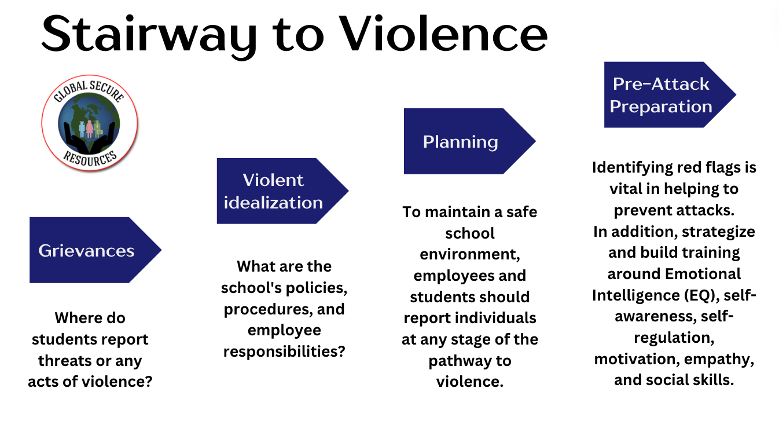Safety First - Parents Demand Safety
When parents send their children to school, they expect them to be safe from bullying, sexual assaults, and shootings. Unfortunately, many parents feel unsure about their children's safety when sending them to school.
A Pew Research Center survey (#12) showed that 32% of parents of children in K-12 schools say they are very or extremely worried about a shooting happening at their children’s school. And another 37% were somewhat worried about a shooting happening at school. I am sure the number of concerned parents has increased with the uptick of school shootings in January 2024, including January 3, January 4, January 13, and January 23. And we can’t forget the shocking school shooting by a six-year-old in Virginia last January. As of September 5, 2024, there have been more than 20 American schools impacted by gun violence, including the most recent school shooting at Apalachee High School in Winder, Georgia, where a 14-year-old student killed two students and two teachers and injured nine others. As we track shootings on or around K-12 school property that resulted in firearm-related injuries or deaths, we are reminded of the importance of each family and student having an opportunity to take a community awareness prevention program regarding active shooter safety and how to identify red flag behavior. Parents want more preventative measures and transparency at school.
The statistics of school shootings and other locations around the country are terrifying. In 2023, there were 657 mass shootings and 41 Mass Murders around the country. In 2022, 51 school shootings resulted in injuries or deaths. But suppose you add the events to include any acts of gun violence on K-12 public, private, and charter school campuses, including mass shootings, gang shootings, domestic violence, shootings at sports games, after-hours school events, suicides, and other incidents. In that case, the number jumps to more than 300 shooting incidents on school grounds.
When addressing student safety, it’s critical to identify all violence and harm happening on school grounds, whether domestic violence, intimate partner violence, bullying, or gang violence, regardless of what time of day or night it is happening. Then, by combining the SEEK Model (Safety, Empathy, Empowerment, and Knowledge) and teaching students self-awareness, self-management, responsible decision-making, relationship skills, values, boundaries, social awareness, and bystander intervention, students can create a proactive mindset focused on learning success. This may create a safer environment where students can go to school and be better prepared to learn instead of worrying about their personal safety at school. As reported in the Youth Risk Behavior Survey (YRBS), experiences of violence, including sexual violence, are not declining and, in some cases, are increasing. Poor mental health and suicidal thoughts and behaviors are increasing for nearly all groups of youth. This concerning trend needs to change. Parents and students deserve better. For the first time in history, mental illness and suicide are the greatest threat to school-age children. We see that rates of depression and anxiety among students and educators have risen steeply in recent years.
Keeping students safe to focus on learning should be the goal. It’s best to understand the safety gap and how violence impacts students, educators, families, and communities. Then, focus on closing the safety gap by strategizing safety for everyone. It’s in our community's best interest to help change the culture of safety at schools to stop the harm. But to do this, we must have more transparency about mental health issues and crimes happening on our school campuses around the nation. Schools must have consequences and deterrents for disruptive and violent behavior. What would motivate students to exercise self-control when there are no consequences for hostility, aggressiveness, and other poor behaviors? It is time to strategize a path forward to protect students and have proper resources to help prevent student victimization at school and prevent students from participating in harmful behavior. My question is, what are you doing today to close the safety gap in your community?
Carrie Pasquarello, CEO of Global Secure Resources Inc., is a victim advocate, author, speaker, and mom.



